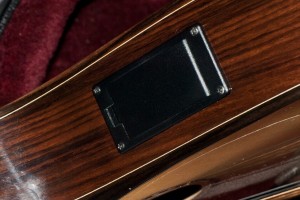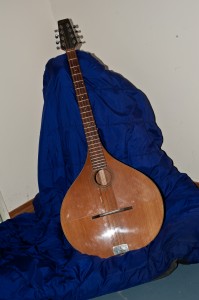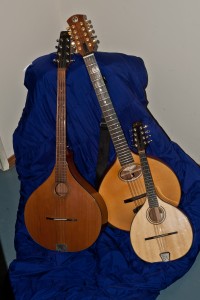I had been worried about her for some time. For at least a couple of years in fact. She had been losing her voice for some time and physically she had been deteriorating to the point where I was worried about a complete physical collapse. She was spending too much time in solitude. Moping around in the corner and not participating in the world around her. I spent time trying to find her help but it wasn’t until I managed to contact Kevin Turner in Coleman that I felt there was glimmer of hope in getting her back on her feet. Kevin took her into care and spent three weeks of environmental therapy with her before he began working on her rehabilitation. The first step was examining the symptoms then diagnosing the problem. The obvious symptoms were the two cracks in her top, small stress cracks on either side of the sound hole, the shim under the bridge, the string / fret rattles and an obvious deterioration in her vocal tone. Finally, the diagnosis was in. The crack in the top may have been caused by careless replacement of the pickup battery (the sound hole is small and getting one’s hand inside to replace the battery has always been a problem), but Kevin felt that the crack was more likely due to serious underlying problems. Namely, an under built neck block and mismatched strings sets on the bass and treble sides. The under built neck block was serious but could be repaired. The mismatched string tensions was caused by my experimentation with various string gauges while searching for a tuning system. The result was a 20 lb difference between the treble and bass sides. Ideally the tensions should be fairly close together. This is not a good thing but could be quickly remedied by switching out the bottom 0.042 brass wounds for heavier 0.053. The remedy for the major neck block problem was to repair the crack and brace the top in that area of the instrument. Kevin went ahead, repaired the crack, braced the neck block, redressed the frets, relocated the battery and generally got the lady back into top shape. There are still a couple of significant issues that will need to be addressed in the future. The top appears to be under braced near the bridge and there is still a danger of a significant collapse around that area. The tail piece of carved ebony is also cracked and should be replaced in the future. However, she is back in play and it is great to hear her back in full voice.
Disclaimer: The instrument, the lady in question, is a Koa back and sides / spruce top long scale Cittern with a Highlander internal microphone and under-the-saddle pickup and a custom built Carlton case. This is a magnificent instrument built by local Cranbrook luthier Jamie Wiens back in 2001. It was the first and only Cittern built by Jamie and it is a one-of-a-kind. The instrument was an experiment for both Jamie and myself. For Jamie there was all the research, the developing of templates, building the instrument including the difficult carving of the ebony tailpiece string assembly and the grinding of the custom brass tail piece. For me it was the search for a suitable tuning that could work, and learning to play a completely new and foreign instrument. By and large I think we both got it right. When I was worried about a possible collapse of the instrument I decided I needed a backup to cover for eventualities. It is just not possible to walk into a music store and buy another Cittern. These are not off-the-shelf instruments so I had Lawrence Nyberg on Hornby Island custom build me another Cittern with a shorter scale to improve playability. With Rosewood back and sides and a spruce top and a Headway pickup with a custom battery insert it is a great instrument. It is a little easier to play and has lots of punch but it cannot match the superb sound and sustain of the Wiens instrument. And thanks to the magnificent repair work by Kevin Turner of Chinook Guitars that sound is back in my world. (check Chinook Guitars)
The Wiens Cittern in her youth: 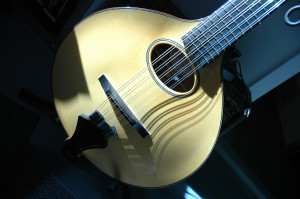
The Lawrence Nyberg Cittern 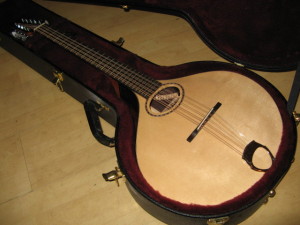 @@@@@@@@@@@@@
@@@@@@@@@@@@@

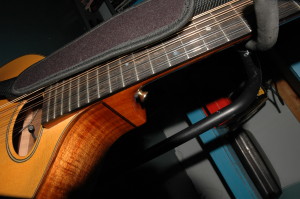
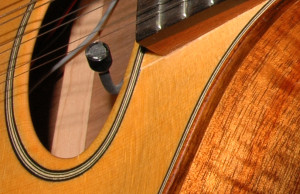
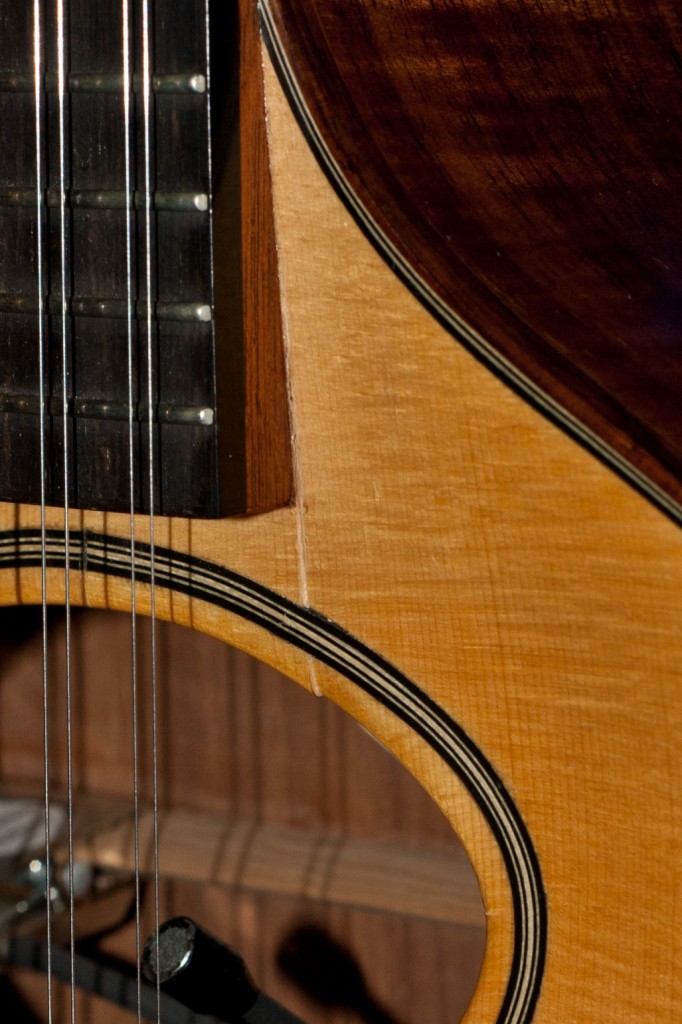
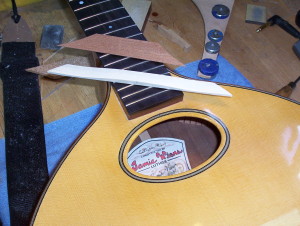
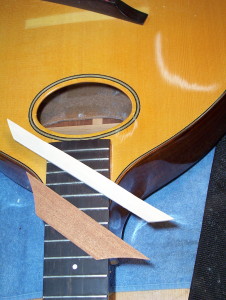
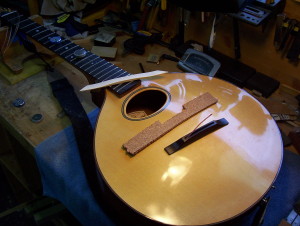
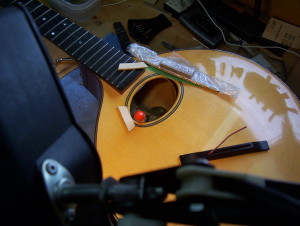
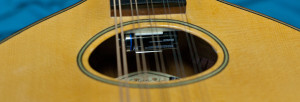
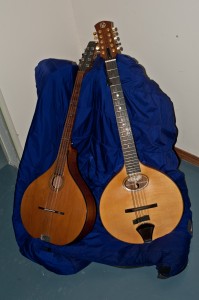
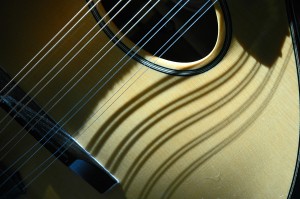
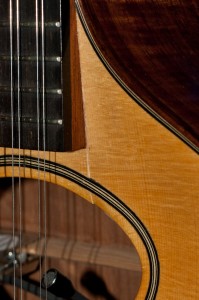
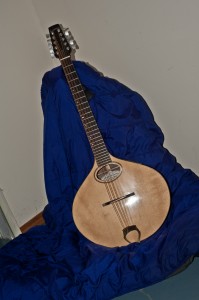 on Hornby Island (
on Hornby Island (